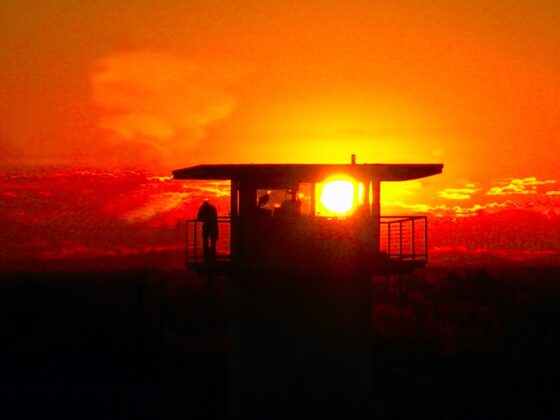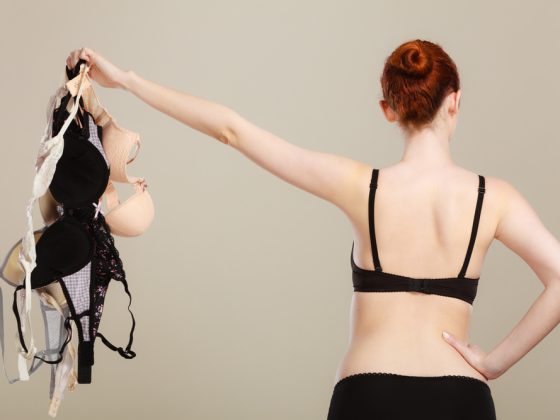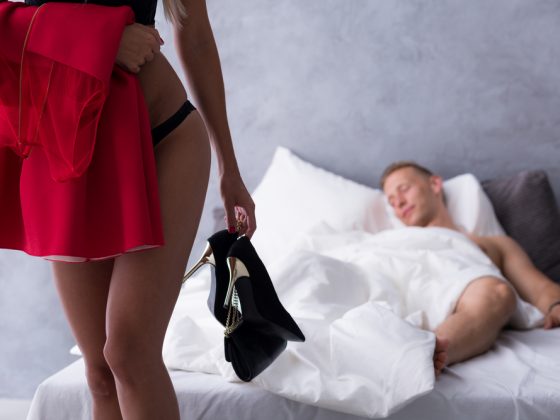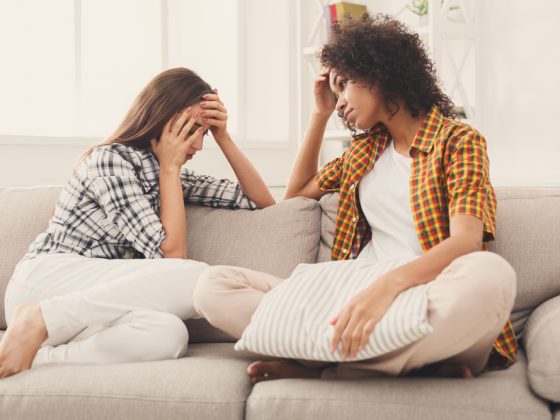Your face is your identity; the reason people can recognize you in a crowd, tell you apart and pin you down as you. This face of yours, a physiognomic entity, may have brought unnecessary attention at times and unprecedented prejudices at others.
Each person you meet has a face that you register in some part of your brain, and every time you meet them, you retrieve that picture along with other associated information.
Here’s a fun fact: the very physical feature that everyone can see when they look at you, is something you’ll never see IRL. Shocked? Think about it – you’ve never really seen your own face. What you see of your face is either a reflection in the mirror or an image captured in your phone/camera screens.
You’ll never see the small nuances or minute movements that happen when you speak, smile, or even cry.
Your face has other features that make it distinct from the face of the person next to you. Your eyes, nose, lips, cheeks, forehead, eyebrows, etc., all make up the entirety of your face, and the ensemble of these myriad little components is what makes your face yours.
Can you imagine? There are roughly 7.7 billion faces in the world, and each of these 7.7 billion faces is unique enough to own their identity! Keep reading to learn more.
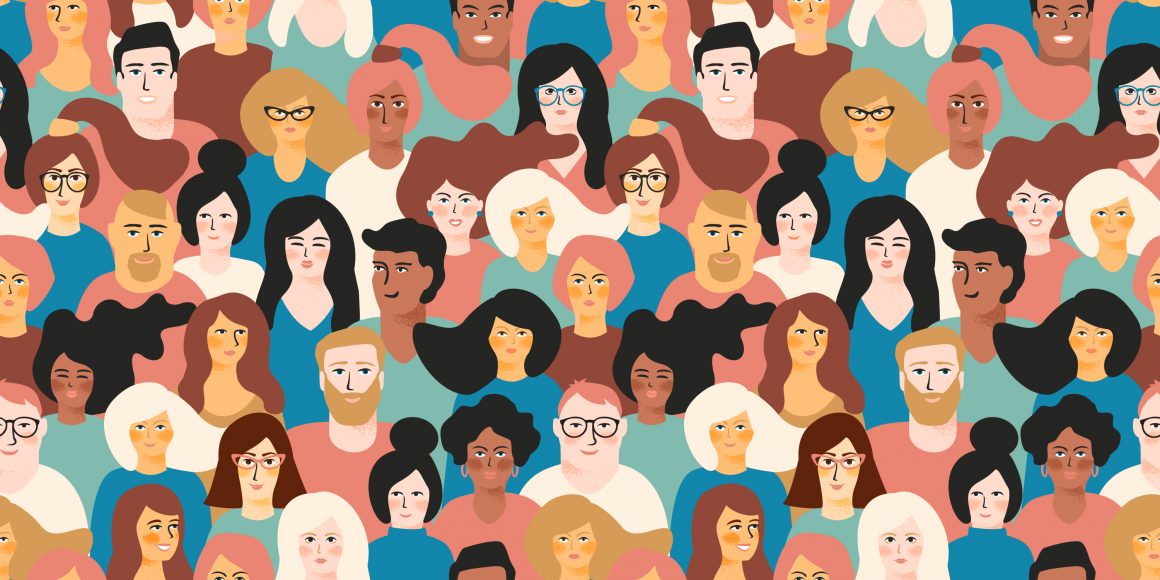
Table of Contents
Differentiating the Types of Faces
What base are you to follow when categorizing faces into different types? Since each of the 7.7 billion faces evolved to look unique and easily recognizable, what parameters will justify categorizing these faces into certain types?
Faces are Similar
Although our faces are unique (as a matter of evolution), the various parts within a face are pretty much similar. Forehead, eyebrows, eyes, cheeks, nose… These components vary from person to person – and small changes in any of the existing parts of the face give them uniqueness and individuality.
Our Face Gets the Most Attention
Your face has always remained the most exposed part of your entire body – with the obvious exception being the COVID-19 pandemic, which has forced us to cover our mouth and nose with a mask.
It’s become obvious that our face gets the most attention right away, both from others and yourself, as it’s the first thing that’s seen.
Faces Can Display Our Emotions
We want to make sure our face looks presentable at all times, especially when we’re aware of being looked at.
Many indulge in cosmetic products to enhance the way their face looks, while some accessorize it with pieces of jewelry or piercings.
Apart from accessorizing, we also use facial expressions to convey our feelings. Your face displays your emotions, and most of the time, it may even be involuntary.
Different Types of Faces: Based on Facial Expressions
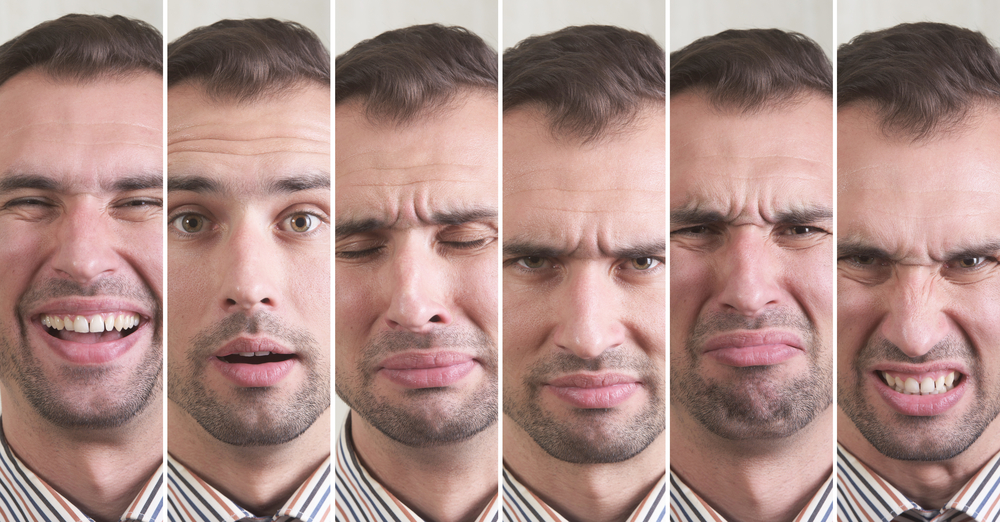
Your feelings are automatically expressed in your face; your face gives you away. You frown when you’re tense, smile when you’re happy, and blush when you’re uncomfortable – all of which are visible to others around you, although you may consciously or even unconsciously try to manipulate your facial expressions to be acceptable when in the presence of others.
Having an understanding of the different types of faces based on emotions and facial expressions can be very handy for teachers, parents, and psychologists. Often, criminal investigators and job interviewers pay close attention to the different types of faces and facial expressions.
Some facial expressions are completely subjective. Some are exclusive to certain cultures or regions, while others are universal. Let’s take a look at the different types of faces based on the universally recognized and accepted emotions that can be expressed through your face.
To determine which emotions are universal, researchers have not only studied the faces of people from different parts of the world – but also human infants, who have neither been conditioned nor trained to use certain parts of their faces to express emotions. These Studies have looked at various facial expressions and concluded that the following six distinct faces are universal, based on emotions:
1. Happy Face
When you’re happy, your face changes slightly to express happiness. In a typical happy face, the corners of your mouth are raised (like when you’re smiling) and lowered.
2. Surprised Face.
When you see/feel something unexpected, your face will display certain changes to express that surprise. To immediately recognize a surprised face, look at their eyes and jaws. You’ll see their eyes are opened wider, exposing more white. Their brows form an arch, while their jaws might be dropped slightly.

3. Sad Face
Sadness is an emotion felt by humans regardless of age, so it can be expressed through their faces whether they’re toddlers or an octogenarian. To recognize a sad face, check if the corners of their mouth are lowered while the inner portion of their brows is raised.
4. Angry Face
The angry emotion can wreak havoc, especially if it’s accompanied by aggressive and violent behavior. When a person is angry, you can identify it right away if you pay attention to the features of an angry face. The most important parts of an angry face are the eyes, lips, and brows. If their eyes are bulging slightly and they have their lips pressed firmly while their brows are lowered, it’s time to give them some space.
5. Fearful Face
Whether a person is able to communicate their fear using words or not, as in the case of young infants, you can identify a fearful face and work on removing the danger or threat that they’ve perceived.
Your ability to identify a fearful face can not only help the person who feels fear but can also help in removing what is causing the fear. Check their eyes, brows, and mouth. Usually, in a fearful face, you’ll notice their eyes are opened wide, brows are raised, and their mouth is also slightly opened.
6. Disgusted Face
Just like fear, disgust is a negative emotion – and you can identify a disgusted face if you look at their nose, cheeks, and lips. A disgusted face may have a wrinkle on their nose bridge, and their cheeks and upper lip will also be raised.
What About Other Emotions?
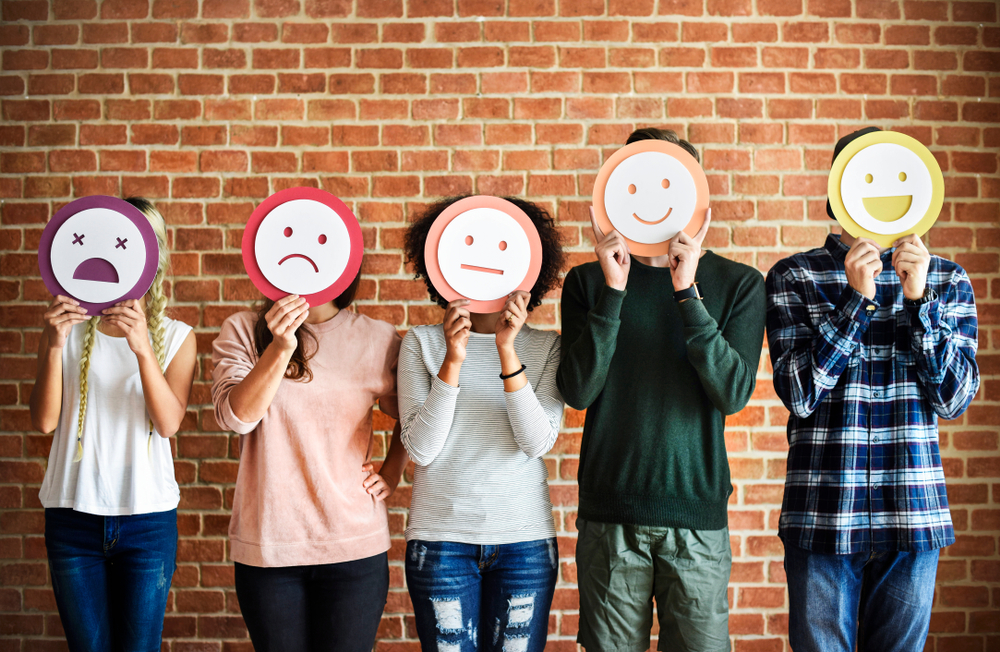
Although there are hundreds of emotions that are constantly expressed and displayed on our faces, emotions seen in the above types of faces are easily recognized and show universality across the globe.
You have come across other faces like embarrassed, jealous, exhausted, excited, etc – however, these emotions can be expressed by different people in different manners, and so they’re subjective, rather than universal.
Generally, people are diplomatic, and they try their best to mask and veil their real faces (READ: emotions), and may even succeed every now and then. However, the face is the window to emotions, and sooner or later, the facade will break down and break apart.
Therefore, understanding different types of faces based on facial expressions can be a handy tool, and you can use these types of faces to make better and more informed decisions.
Different Types of Faces: Based on Facial Symmetry
As seen above, your face has the ability to contort to express certain emotions. Such categorization is based on feelings and emotions that a person is going through. However, human faces can also be exclusively categorized based on their measurement.
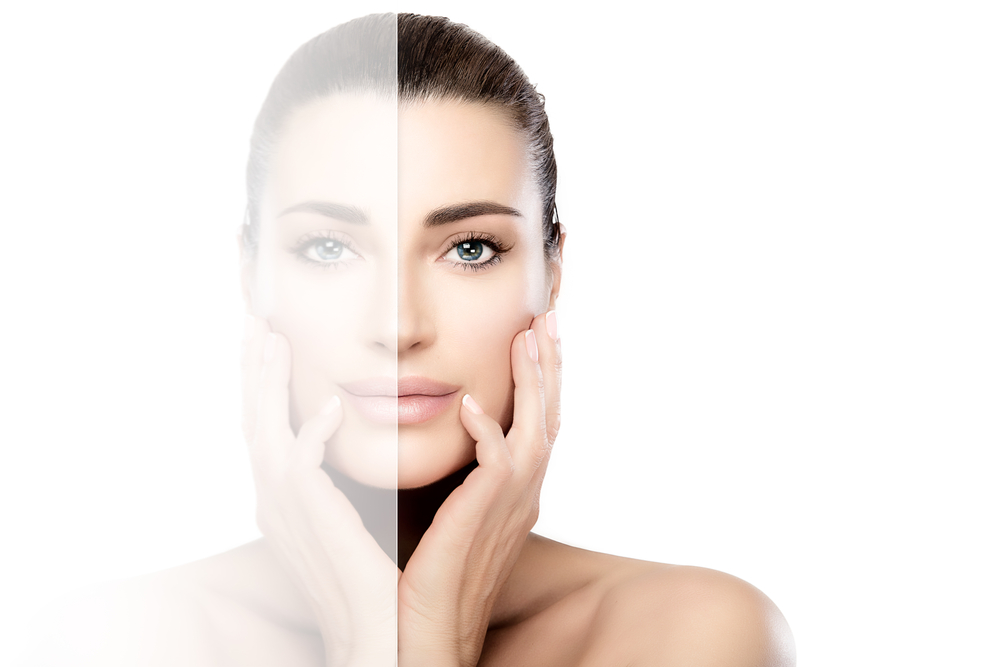
7. Symmetrical Face
If you have a symmetrical face, it means the right side of your face is the same as the left. Often, symmetrical faces are considered more attractive and pleasing to look at. However, it’s quite rare for a person to have a completely symmetrical face.
Although a few studies on human faces have shown that symmetrical faces may appear to be more appealing and attractive, in reality, that may not always be the case.
Kim Seokjin (South Korean singer, BTS) and Anne Hathaway (Hollywood actress) are said to have perfect faces based on facial symmetry, while George Clooney and Beyoncé both have not-so-symmetrical faces.
8. Asymmetrical Face
As the name suggests, an asymmetrical face lacks symmetry in terms of facial features. For instance, the left and right brows may not be in the same line.
When divided vertically, the left half may not be the same size as the right half. However, even if a face is asymmetrical, the asymmetrical features may not be as prominently visible.
There are some apps available if you want to find out whether you have a symmetrical face or asymmetrical it is. You could also take a picture and compare it by folding it in half, lengthwise. If all the features are in line with each other, your face is symmetrical; if not, it is asymmetrical.
Why Is This Useful?
Understanding these types of faces can be more important for plastic surgeons and cosmetologists than any laymen. Also, measuring the symmetry of a face requires more nuanced specificity. Unless you’re a researcher who needs to do an in-depth study of facial measurement, the type of faces based on facial symmetry may not have much of an impact.
Different Types of Faces: Based on Facial Shape
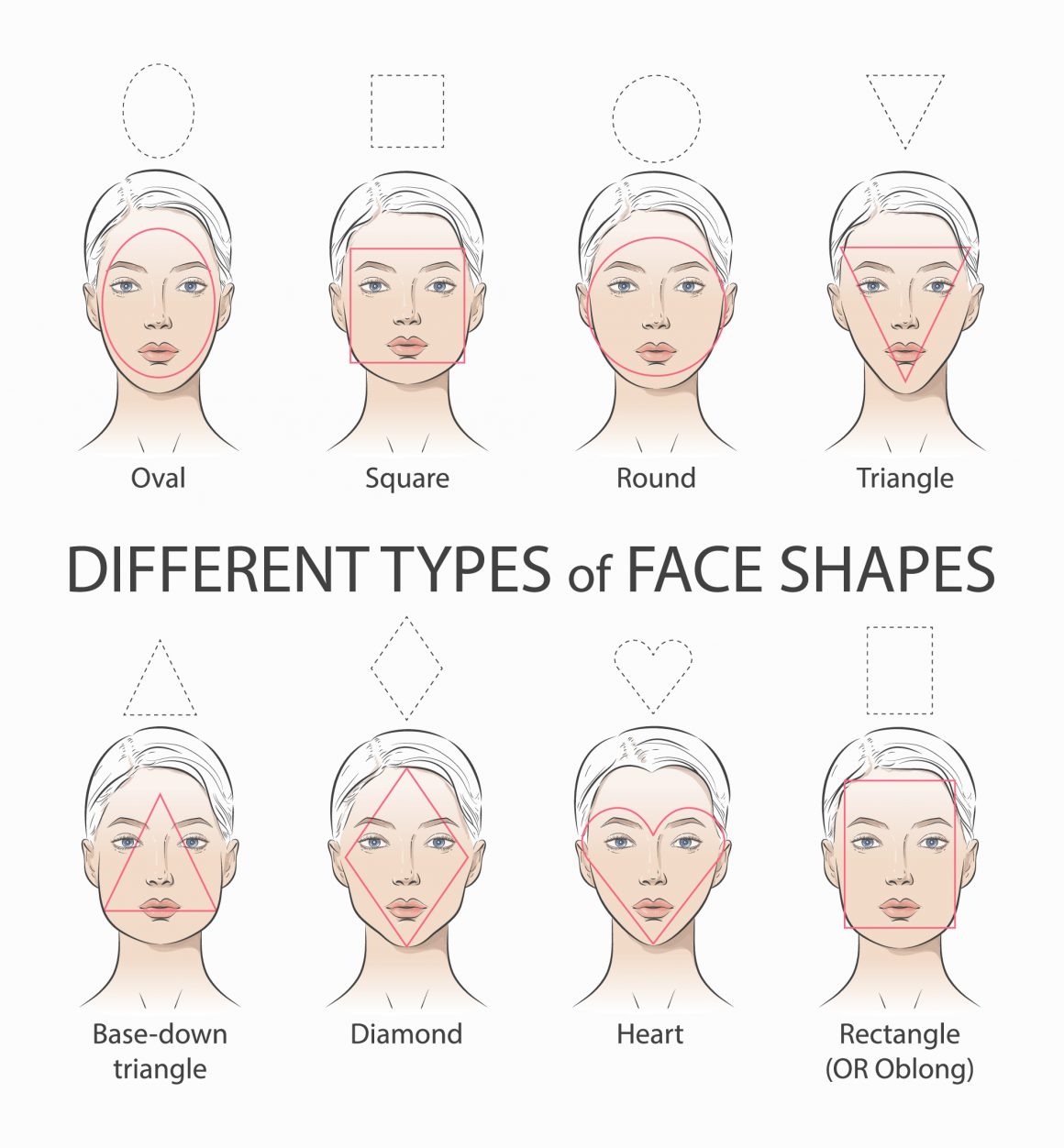
Categorizing different types of faces based on their shapes also requires some measurement; however, the measurements can be more generic than measuring facial symmetry. There are six different types of faces based on facial shape:
9. Round Face
A round face has almost the same measurements for both the face’s width and length – so a round face is likely to be the most symmetrical.
Round faces have rounded chins, and their jawlines and hairlines are rounded as well. They’re easy to notice because of their circular shape and softer features.
Think: Hayden Panettiere and Leonardo DiCaprio.
10. Square Face
In a square face, the width of the forehead, cheekbones, and jaw will be the same. Another noticeable feature of a square face is the angular jawline.
Often, people confuse square faces with round ones because, at a glance, they may look similar. Also, like the round face, a square face has a similar length-to-width measurement.
The key difference is the wider, more prominent jawline in a square face versus a round face. While a round face is curvier, a square face is more angular; a square face is the sharper, more chiseled version of the round one.
Think: Olivia Wilde and Brad Pitt.
11. Oval Face
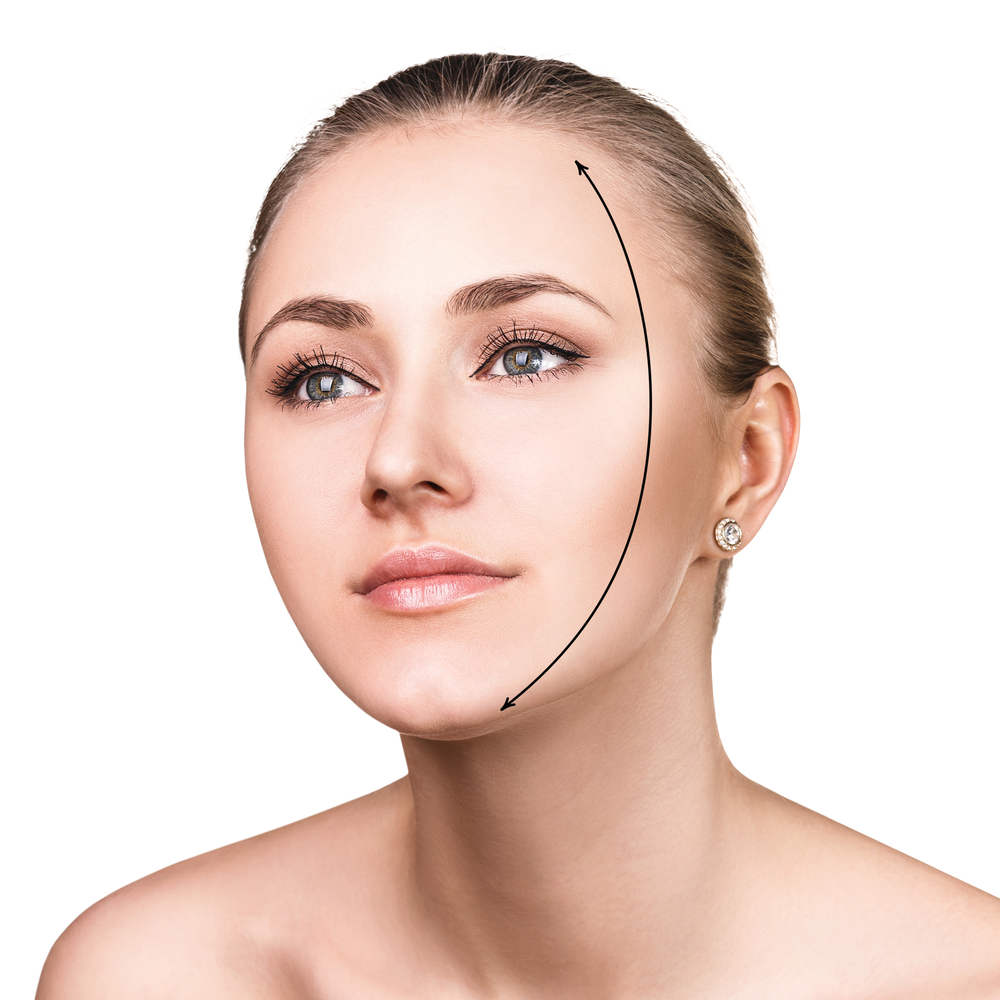
An oval face is slightly longer, so the length is more than the width of the face. At a glance, an oval face looks slightly more slender than a round or square face and also has a rounded chin and jawline.
The most prominent feature of an oval face is its wide cheekbones, as these are wider than the forehead – and in this face shape, it’s the widest feature. The wide cheekbones, overall slightly slender look, and rounded chin and jawline, give the oval face a very attractive appearance.
Think: Beyoncé and Cristiano Ronaldo
12. Rectangle Face
Like the oval face, a rectangle face is also longer than it is wide. The length may be almost two times longer than its width. Like the square face, a rectangle face has a squared jawline.
In a rectangle face, the width of its forehead, cheekbones, and jawline is the same. The distinct feature of a rectangle face is its high forehead and sharper cheekbones.
Think: Gisele Bundchen and Zayn Malik
13. Diamond-shaped face
Taking a hint from a diamond shape, this face has a narrower forehead and jawline with wider cheekbones. The diamond-shaped face also measures more length-wise than its width, with its cheekbones being the widest feature.
The distinguishing features of a diamond-shaped face are its well-defined, high cheekbones and small but slightly pointed chins.
Think: Jennifer Lopez and Ryan Gosling.
14. Heart-shaped Face

As the name suggests, these faces are wider at the top and narrow down at the bottom. A heart-shaped face has a wider forehead, and the chin is more angled and pointed.
This type of face resembles a square face at the top and a diamond-shaped face at the bottom. The prominent parts of a heart-shaped face are its wide forehead, slimmer cheekbones, and slimmer jawline.
Think: Reese Witherspoon and Zac Efron.
How to Identify Different Face Shapes
Recognizing different types of faces based on their shape has become a popular trend, especially for hairstylists and makeup artists. Based on the shape of your face, you can learn how to accentuate certain parts of your face or contour the expanding parts. Your hair and makeup can be manipulated, teased, and styled to suit you better.
There are a few apps that will tell you what shape your face is, and a quick and easy DIY to help you find the shape of your face. To do it yourself, you’ll need a measuring tape – and, of course, your face. If you have a measuring tape handy, here’s what you can do:
- Pull your hair back so that you can see the proper outline of your entire face.
- Measure the length of your face, from hairline to chin.
- Measure the width of your forehead, cheekbones, and jawline.
Note the measurements and check them against the different types of faces mentioned above to compare and figure out the shape of your face.
The Bottom Line
Faces are remarkable. They’re full of expressions, portray our emotions, and evoke emotions in others too.
Their diverse beauty truly helps us stand out amongst each other. Plus, facial expressions can unite people from many different types of backgrounds.
What’s your favorite type of face?

